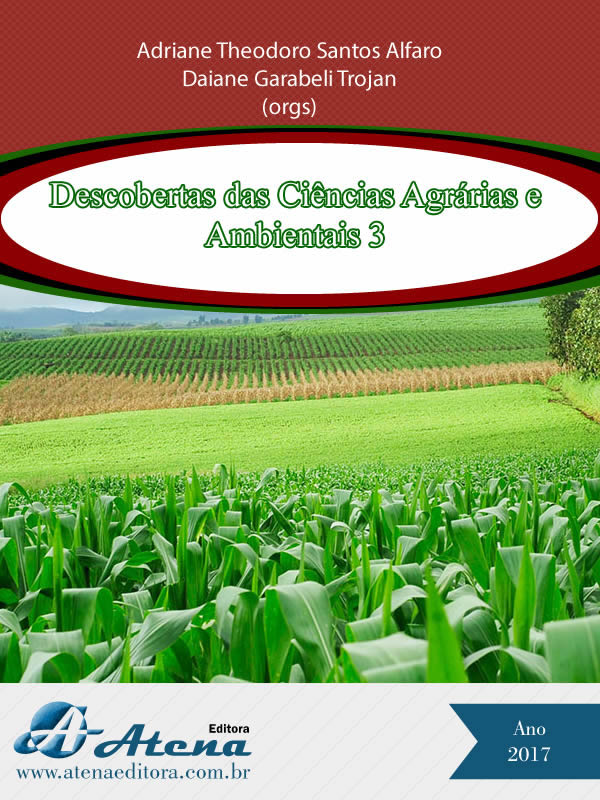
ANATOMIA FOLIAR DE BAUHINIA PURPUREA LINN. (LEGUMINOSAE – CERCIDOIDEAE)
Bauhinia purpurea L. (Leguminosae, Cercidoideae) é uma árvore nativa
da Ásia de porte médio e folhas caducas. No Brasil é popularmente conhecida
como pata-de-vaca. São atribuídas a suas folhas, propriedades anti-inflamatórias,
antipiréticas e antidiabéticas. Possuem uma difícil delimitação taxonômica e sua
estrutura anatômica é pouco conhecida. Nesse contexto, objetiva-se analisar a
estrutura anatômica foliar de B. purpurea presente na Região Amazônica. O
material foi coletado em área urbana da cidade de Belém, Pará. Identificado e
incorporado à coleção do Herbário IAN. As folhas foram fixadas em FAA, incluídas
em parafina e corada em azul de astra e safranina. A lâmina foliar em ambas as
faces apresenta epiderme uniestratificada. Na face adaxial, as células são
quadrangulares e na abaxial são papilhosas e heterodimensionais. O mesofilo é
dorsiventral, com parênquima paliçádico de células alongadas e lacunoso
isodiamétricas. Os feixes vasculares possuem calotas de fibras em ambas as faces.
A nervura central é plano-convexa, o córtex é parenquimático, composto de células
arredondadas e esporádicos idioblastos. A margem possui forma terminal
pontiaguda acompanhada de feixe vascular calibroso. O pulvino proximal possui
epiderme unisseriada com cutícula espessa, observa-se uma extensa região
cortical constituída de células parenquimáticas e idioblastos. O pecíolo na porção
mediana tem formato elíptico com epiderme unisseriada e cutícula delgada,
possuindo duas projeções laterais na superfície adaxial, cada uma contendo
feixe vascular independente do tipo colateral e um grande feixe central, com
idioblastos no parênquima cortical, semelhante à região do pulvino. Assim, a
elevada quantidade de idioblastos presentes nas diferentes regiões da folha,
corrobora Bauhinia purpurea como espécie possivelmente bioativa, além de indicar
que este órgão apresenta considerável potencial para realização de estudos que
possam atestar seu valor medicinal.
ANATOMIA FOLIAR DE BAUHINIA PURPUREA LINN. (LEGUMINOSAE – CERCIDOIDEAE)
-
DOI: Atena
-
Palavras-chave: Anatomia, Espécie Medicinal, Estruturas secretoras, Pata-devaca.
-
Keywords: Anatomy. Medicinal species. Secretory structures. Cow's foot
-
Abstract:
Bauhinia purpurea L. (Leguminosae, Cercidoideae) is a medium-sized
deciduous tree native to Asia. In Brazil it is popularly known as cowbird. Its leaves,
anti-inflammatory, antipyretic and antidiabetic properties are attributed. Bauhinia
purpurea has a little known anatomical structure. In this context, the objective was
to analyze the leaf anatomy of B. purpurea present in the Amazon Region. The
material was collected in a residential garden, Belém, Pará. The leaves were fixed in
FAA, included in paraffin and stained in blue of astra and safranina, and cross -
sectioned. The leaf blade presents unstratified epidermis on both sides. On the
adaxial side, the cells are quadrangular and abaxial are heterodimensional and
papillary. In the mesophyll, the paliadic parenchyma, has elongated cells and the
lackluster Isodiametric. The vascular bundles have fiber caps on both sides. The
vein has small epidermal cells. In this region, the cortex is parenchymatic,
composed of rounded cells and sporadic idioblasts. The margin has a pointed
shape accompanied by a large vascular bundle. In the pulpo there is an extensive
cortical region composed of parenchyma cells with idioblasts. The petiole in the
medial portion has an elliptical shape with unisserized epidermis and thin cuticle,
having two projections side on the adaxial surface, each containing an independent
vascular bundle of collateral type and a large central bundle and in the cortical
parenchyma with idioblasts same to those of the pulvin region. Thus, the high
amount of idioblasts present in the leaf of Bauhinia purpurea indicates that this
organ has considerable healing value.
-
Número de páginas: 15
- Caroline Del Vitto de Souza


